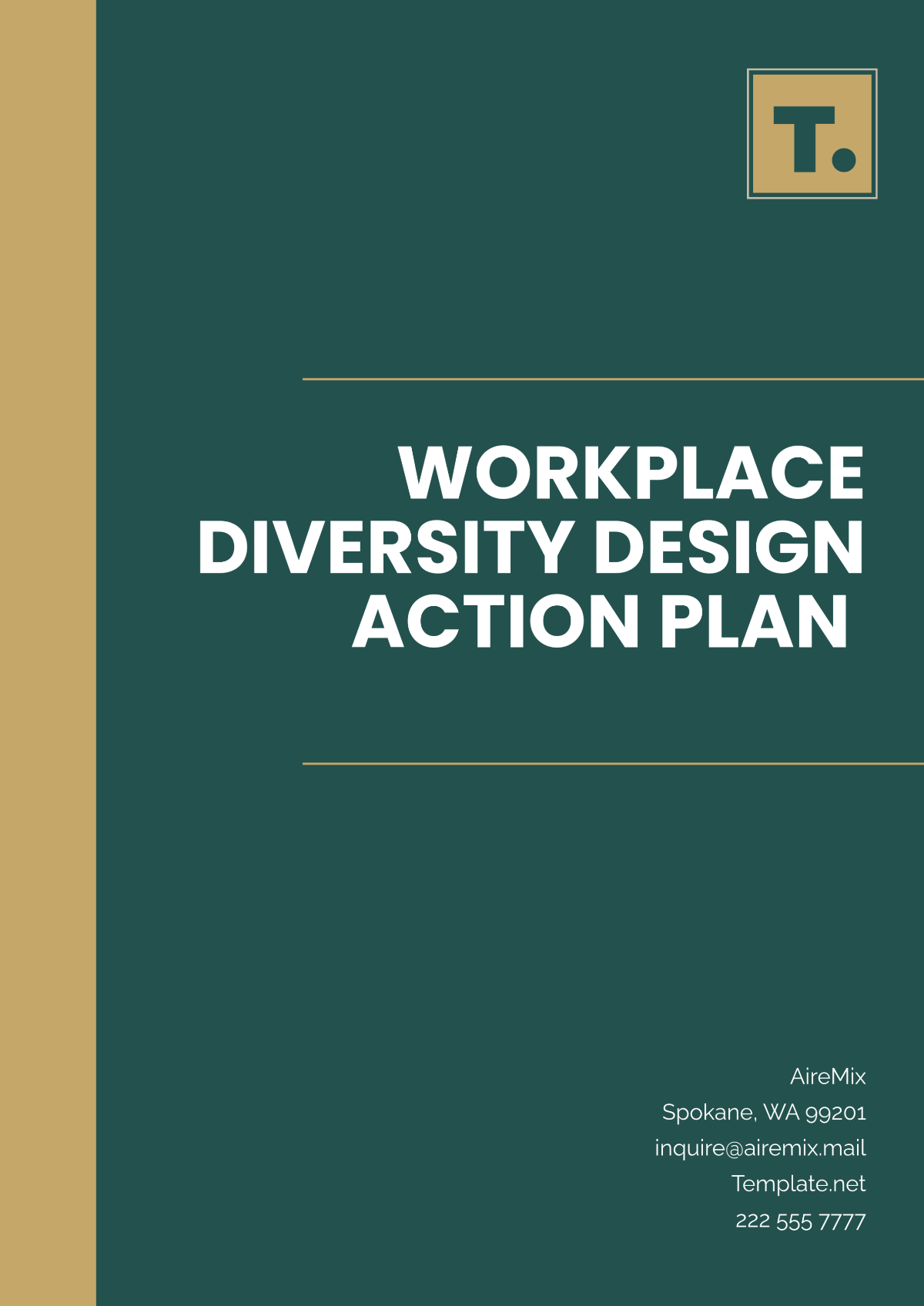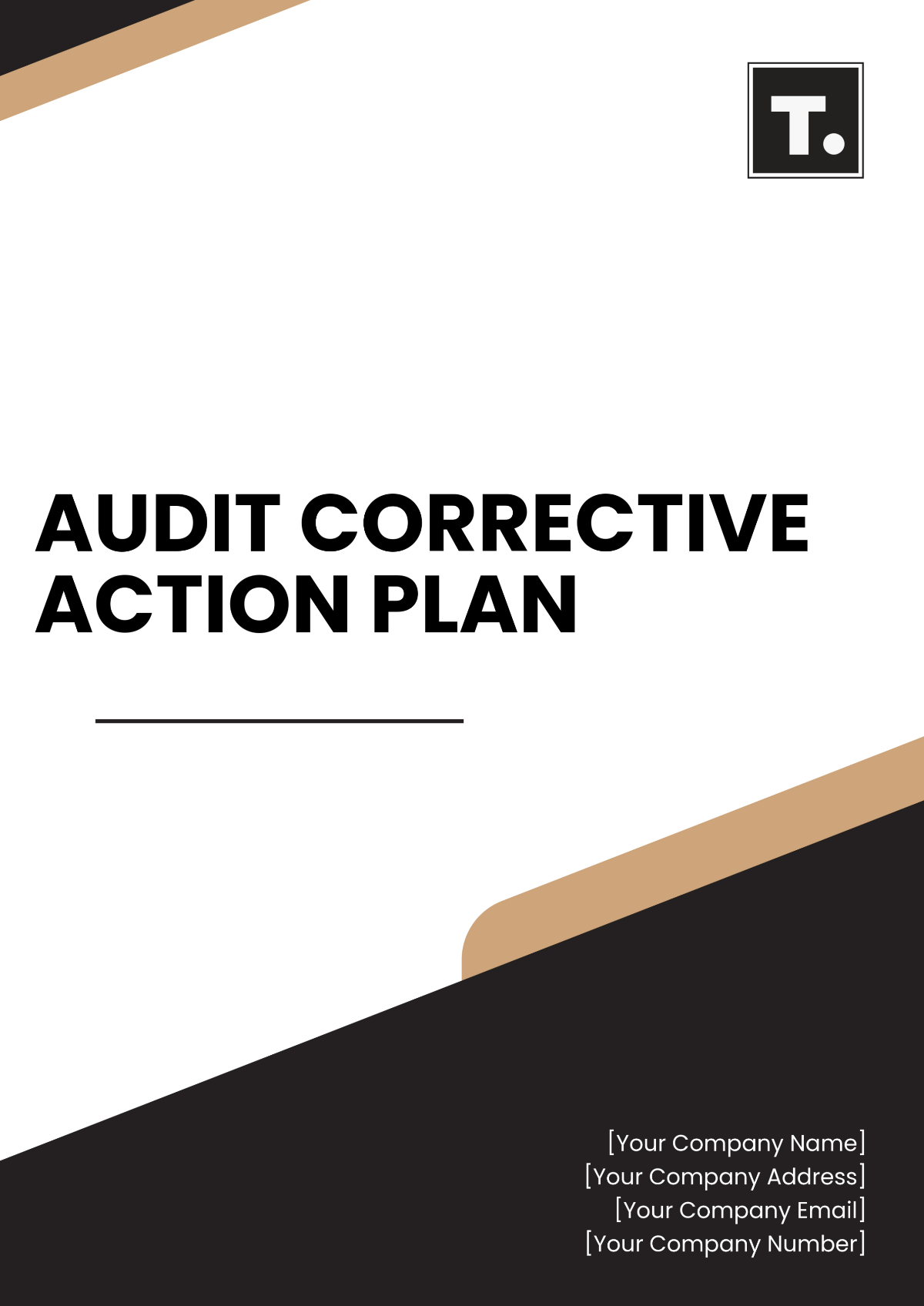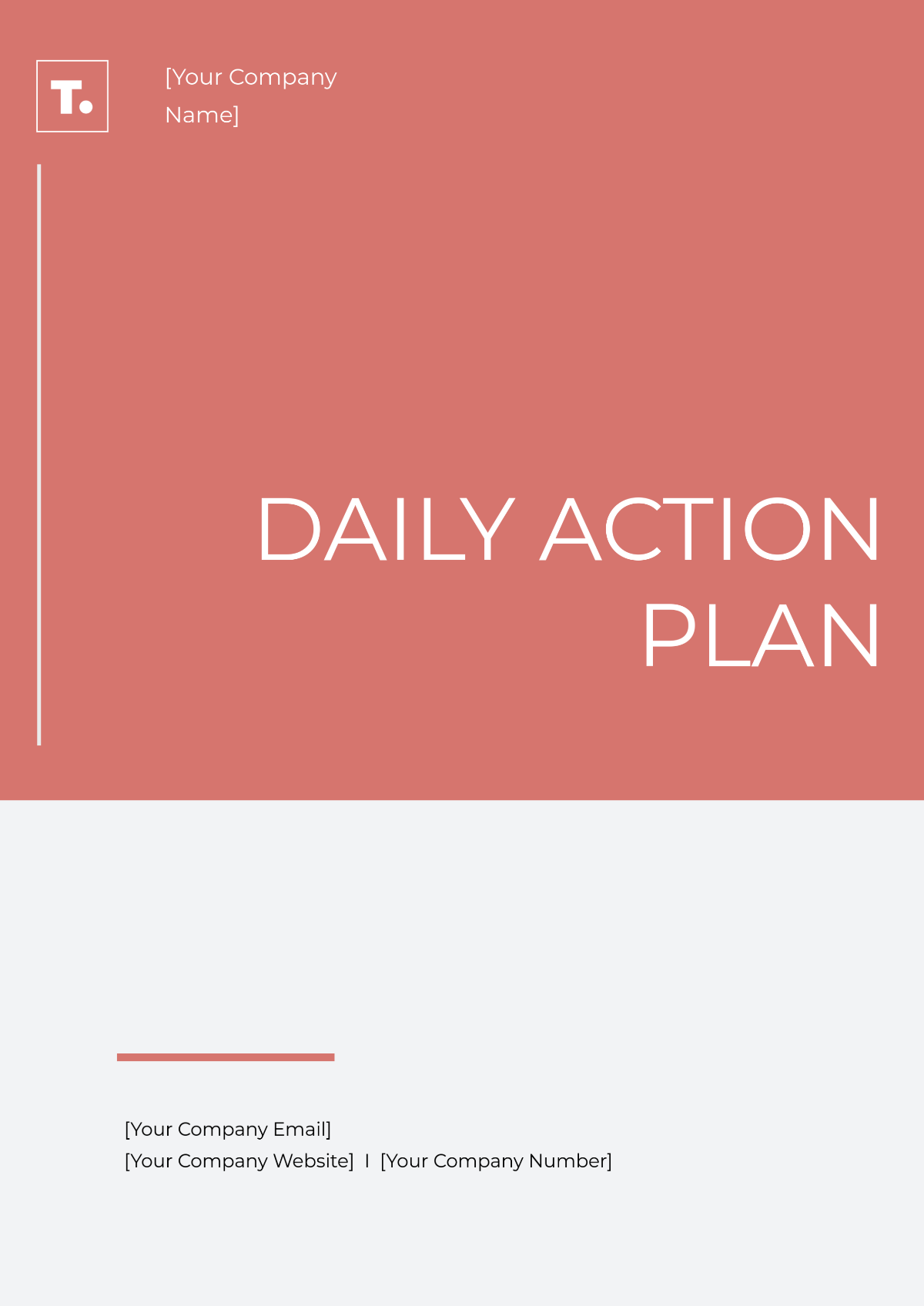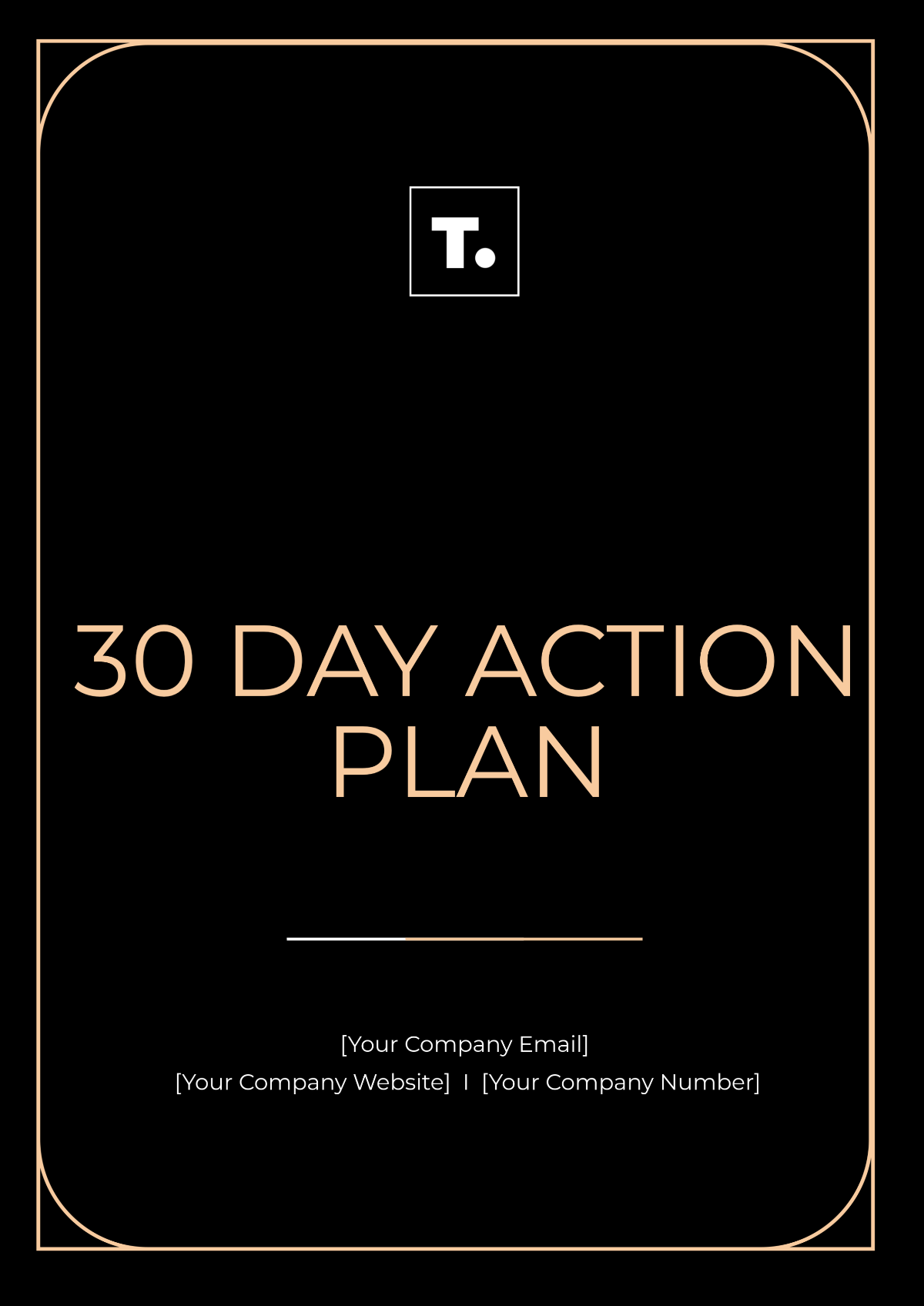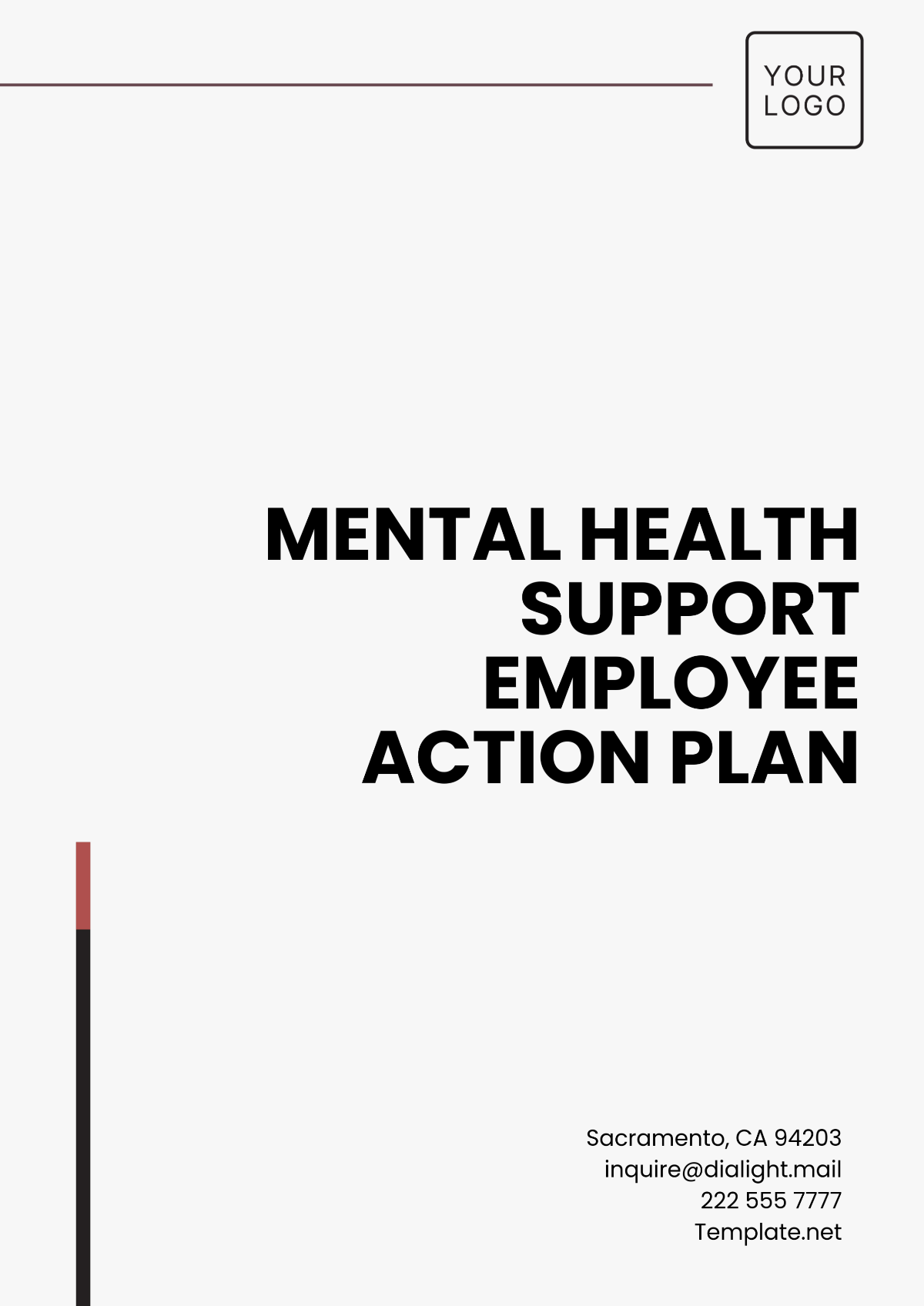SMART Action Plan
I. Project Overview
Project Name: Launch of New Product Line
Project Manager: [Your Name]
Project Start Date: [Start Date]
Project End Date: [End Date]
Project Objective: To successfully introduce and market a new line of organic skincare products targeting environmentally conscious consumers.
II. Scope Definition
Project Scope: The project includes product development, branding, packaging design, marketing strategy formulation, and launch execution.
Deliverables: New product line with five SKUs, brand identity guidelines, finalized packaging designs, marketing campaign plan, and successful product launch event.
Inclusions: Product formulation, market research, competitor analysis, brand positioning, social media marketing.
Exclusions: Manufacturing process, distribution logistics, ongoing product maintenance.
III. SMART Goals
Specific: Develop five unique skincare products using organic ingredients and launch them in the market within four months.
Measurable: Achieve a 15% increase in brand awareness within the target demographic by the end of the first quarter post-launch.
Achievable: Utilize existing supplier networks and allocate a budget of $200,000 for product development and marketing efforts.
Relevant: Align the product line with consumer trends towards sustainable and eco-friendly beauty products.
Time-bound: Launch the new product line by [Month Day, Year], and achieve profitability within six months.
IV. Resource Planning
Human Resources: [Your Name] (Project Manager), [Product Development Lead Name] (Product Development Lead), Marketing Team (5 members), Design Team (3 members).
Material Resources: Organic ingredients from certified suppliers, design software, and market research reports.
Financial Resources: $200,000 budget was allocated for product development, marketing, and launch activities.
Time Allocation: Allocate 60% of project time for product development and 40% for marketing and launch activities.
V. Risk Management
Risk Identification: Potential risks include delays in product formulation, unexpected changes in consumer preferences, and supply chain disruptions.
Risk Assessment: Evaluate the impact and likelihood of each risk to prioritize mitigation efforts.
Risk Response Planning: Develop contingency plans for alternative ingredient sourcing, flexible product packaging, and agile marketing strategies.
Risk Monitoring and Control: Regularly review project progress and adjust plans as necessary to mitigate identified risks.
VI. Communication Plan
Stakeholder Communication: Regular updates to stakeholders including the project team, senior management, suppliers, and marketing agencies.
Communication Channels: Weekly status meetings, email updates, project management software for task tracking, and video conferences for remote team members.
Frequency: Weekly progress reports to stakeholders, and daily stand-up meetings with the project team.
Escalation Procedure: Clear escalation path for addressing issues or concerns, with the project manager as the primary point of contact.
VII. Project Execution
Task Assignment: Assign specific product development tasks to the R&D team and marketing tasks to the marketing team.
Timeline Adherence: Monitor progress against the project timeline and adjust resources as needed to meet deadlines.
Quality Control: Conduct regular quality checks during product development and packaging design phases to ensure adherence to brand standards.
Documentation: Maintain detailed records of project meetings, decisions, and changes to track progress and facilitate communication.
VIII. Monitoring and Evaluation
Progress Tracking: Weekly review meetings to track progress against milestones and adjust plans as necessary.
Performance Metrics: Measure brand awareness, product sales, customer feedback, and market share to evaluate project performance.
Feedback Collection: Gather feedback from focus groups, customer surveys, and social media engagement to identify areas for improvement.
Lessons Learned: Document successes and challenges encountered during the project for future reference and continuous improvement.
IX. Project Closure
Final Deliverables: Ensure all deliverables, including product samples, branding materials, and marketing collateral, are completed and approved.
Resource Release: Release project team members to their respective departments and reallocate the remaining budget to other initiatives.
Documentation: Compile project documentation, including final reports, budgets, and post-mortem analysis, for future reference and auditing purposes.
Post-Implementation Review: Conduct a post-launch review to assess the success of the new product line and identify opportunities for refinement in future launches.
X. Next Steps
Follow-up Actions: Implement recommendations from the post-launch review to optimize future product launches.
Evaluation and Review: Schedule a comprehensive review of project outcomes and lessons learned with key stakeholders to inform future project planning.
Continuous Improvement: To drive continuous improvement, incorporate feedback and insights gained from the project into organizational processes and practices.
[Your Company Name]
[Your Company Address]
[Your Company Social Media]





